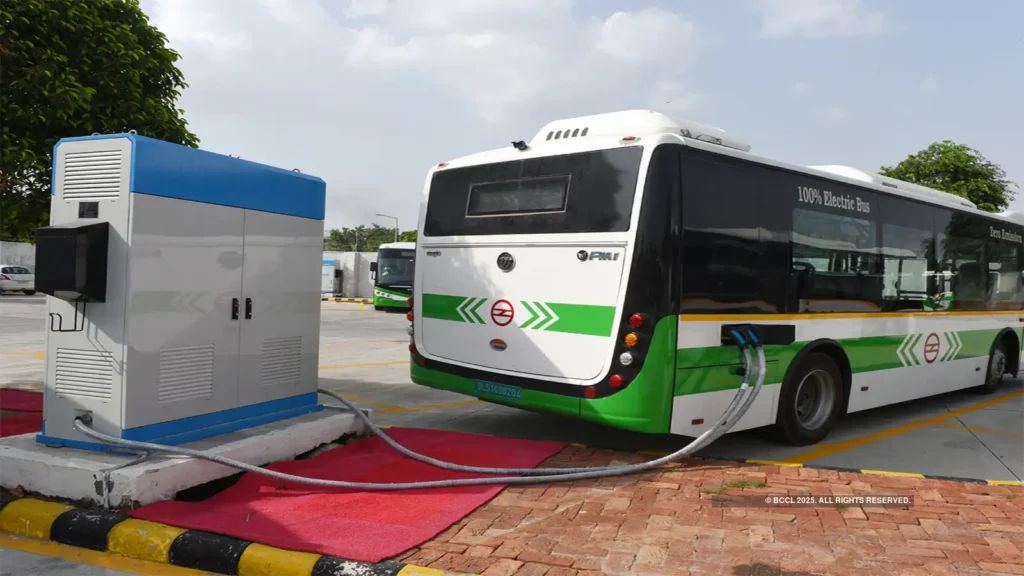India’s electric bus industry is set to get a major boost, with annual sales expected to exceed 17,000 units in FY27 from the 3,644 units sold in FY24, according to a report by CareEdge Ratings on Tuesday. The segment, which in FY24 had registered only 4 per cent of the total bus registrations, is likely to be on a strong 15 per cent growth path in the next two years.
Transition To Clean Mobility
The transition to cleaner mobility is slowly reshaping public mobility in India. Traditional diesel and petrol buses, which dominated a 97-98 per cent market share a decade back, were pushed down to 90 per cent in FY24.
“Prior to this, penetration of e-buses was limited to few major cities. But the shift to smaller cities is going to propel mass adoption,” said Arti Roy, Associate Director, CareEdge Ratings.
Government Initiatives Fueling Growth
Government schemes have been the key drivers of accelerating the shift, with initiatives like PM e-Bus Seva and PM e-Drive providing strong support. Compared to State Transport Undertakings (STUs) operating with losses, routes like payment security frameworks are helping to contain risks and e-bus procurement.
India’s E-Bus Potential and Manufacturing Capacity
India’s potential in the electric bus industry is still high. With only six e-buses per million population, while the global average is 85, there is enormous scope. The manufacturing capacity is also strong, with five big players with more than 85 per cent market share and a yearly capacity of 40,500 e-buses.
The trend towards the GCC model, as opposed to outright STU purchases, will only accelerate further. Further, the TCO of an air-conditioned electric bus is 15-20 per cent lower than that of its diesel counterpart over 12 years and hence an economically viable choice in the long run.
Future Outlook
With the policy support, growing demand, and cost benefits, India’s electric bus industry is set to go boom, opening the way for a greener, cleaner public transport system.

